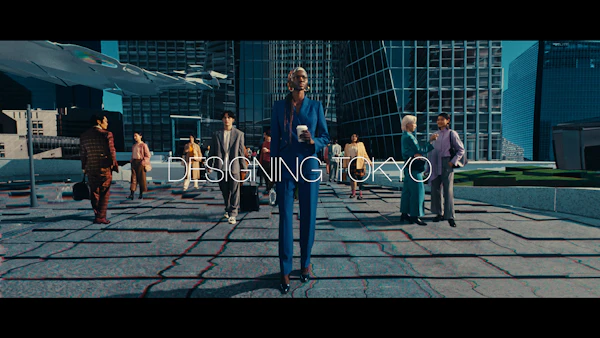Fifth Anniversary of the Opening of the Mori Art Museum
6.65 million visitors received over five years
The Mori Art Museum (located on the 53rd floor of Roppongi Hills Mori Tower) operated by Mori Building Co., Ltd. will commemorate its fifth anniversary of its opening on October 18, 2008.
Catalyst for Making Roppongi an Area Known for Art
Located on the top floor of the Roppongi Hills Mori Tower, the Mori Art Museum has been the cultural city-center since it opened its doors on October 18, 2003. From then on, based on its ongoing fundamental theme of "art & life," the museum has held exhibitions focusing mainly on modern art in areas of architecture, design and fashion. Over 6.65 million art lovers have visited over the last five years.
Roppongi is on its way to establishing itself as one of the art centers of Tokyo, as it now contains several prominent art museums. Of them, the Mori Art Museum was the first to open its doors.
As the Center of Modern Art - Always Planning Shows from Unique Perspectives
In its opening exhibition, "Happiness: A Survival Guide for Art and Life" (2003), we focused on a theme that all people could relate to: happiness. We exhibited Japanese art, classical Asian art, western art, and modern art created during the sixth through 19th centuries, all within one common space. This unique exhibition style attracted widespread attention. For "Africa Remix: Contemporary Art of a Continent" (2006) and the upcoming "Chalo! India: A New Era of Indian Art" (2008), we have planned unique exhibitions based on field work undertaken with the goal of introducing art pieces that rarely have had the chance to be shown in Japan.
The "Roppongi Crossing" exhibitions held in 2004 and 2007 thus far, are original projects launched by the Mori Art Museum. They have played a crucial role in offering surveys of the current Japanese art scene that introduce thriving Japanese artists to domestic and overseas audiences. These exhibitions gained much attention from overseas as they were a source for real-time information on modern Japanese art.
We have also put our efforts into cooperating with overseas museums. Exhibitions such as "Hiroshi Sugimoto: End of Time" (2005) and "Tokyo-Berlin / Berlin-Tokyo" (2006) began at the Mori Art Museum and went on tours around the world. Moreover, the Mori Art Museum was the only stop in Japan for the two particular exhibitions that traveled around internationally renowned art museums overseas: "History in the Making : A Retrospective of the Turner Prize" (2008, Tate Gallery) and "Annette Messager: The Messengers" (on now, from the Centre National d'Art et de Culture Georges Pompidou).
Striving to become an "Open" Museum
The Mori Art Museum actively offers a wide range of public programs and educational activities during each of its exhibitions. One such program is "Oyako de Art" (parent-children art experience) which allows parents to bring their infants in strollers so that the entire family may enjoy art viewing. Our goal is to become a facility that is open to all people, including those who have shied away from visiting museums in the past. We also offer programs designed for those who have seeing or hearing difficulties and community-based activities in partnership with local kindergartens, welfare institutions, and other facilities located mainly in the Minato Ward.
The Mori Art Museum celebrates a new lifestyle for the urban dwellers by setting its closing time at 10 p.m., which was quite unusual at the time of its opening, in order to allow people to visit after office hours. As Roppongi Hills is known as a highly cultured international place in Tokyo, we prepared bilingual, English-Japanese pamphlets from the onset to accommodate a variety of guests visiting and staying in Japan.
We have also formed an "Art Triangle Roppongi" together with The National Art Center, Tokyo and the Suntory Museum of Art. The three museums work together to promote the Roppongi area as the center of art appreciation. We have created a useful "Art Triagnle Roppongi map" and set up an "ATRo Saving" system, which offers visitors of any one of the three museums discounts on entrance to the other two.
Future of Mori Art Museum
The Mori Building was built on the concept of becoming a Vertical Garden City, a complex that offers a wide variety of spaces including those for work, residence, commercial activities, relaxation, entertainment, education, child-rearing and healthcare within a compact urban landscape. Within the building are many areas for cultural activities that allow people to meet and interact with each other including an art museum, concert hall, private club and adult education facilities.
To take part in cultural diplomacy between Japan and the rest of world through art, and to help artists from Japan and other parts of Asia thrive in the international arena. We believe these are two most important missions of art museums in Japan. As the emblem of the cultural city-center, Roppongi Hills, the Mori Art Museum will continue to pour its utmost efforts into introducing Japanese and Asian art to the world and to strive to engage in activities befitting of a top-level art museum that does not conform to convention.
Next exhibition: "Chalo! India: A New Era of Indian Art"
Saturday, November 22, 2008 - Sunday, March 15, 2009
This exhibition examines India's latest movements in contemporary art that are gathering much international attention including painting, sculpture, photography and installation by 27 artists and artist groups from cities throughout India such as Delhi, Mumbai, Bangalore and Vadodara.
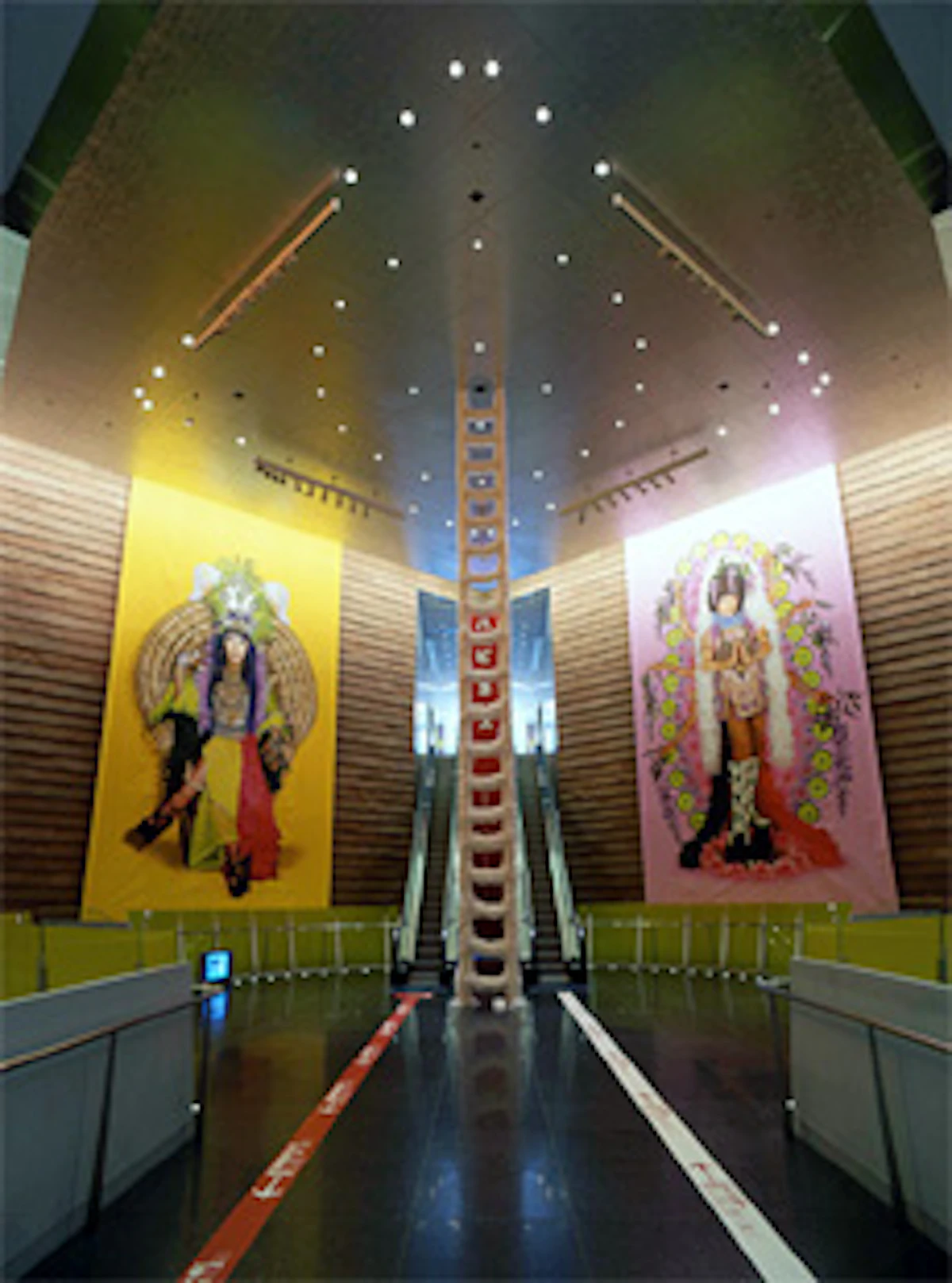
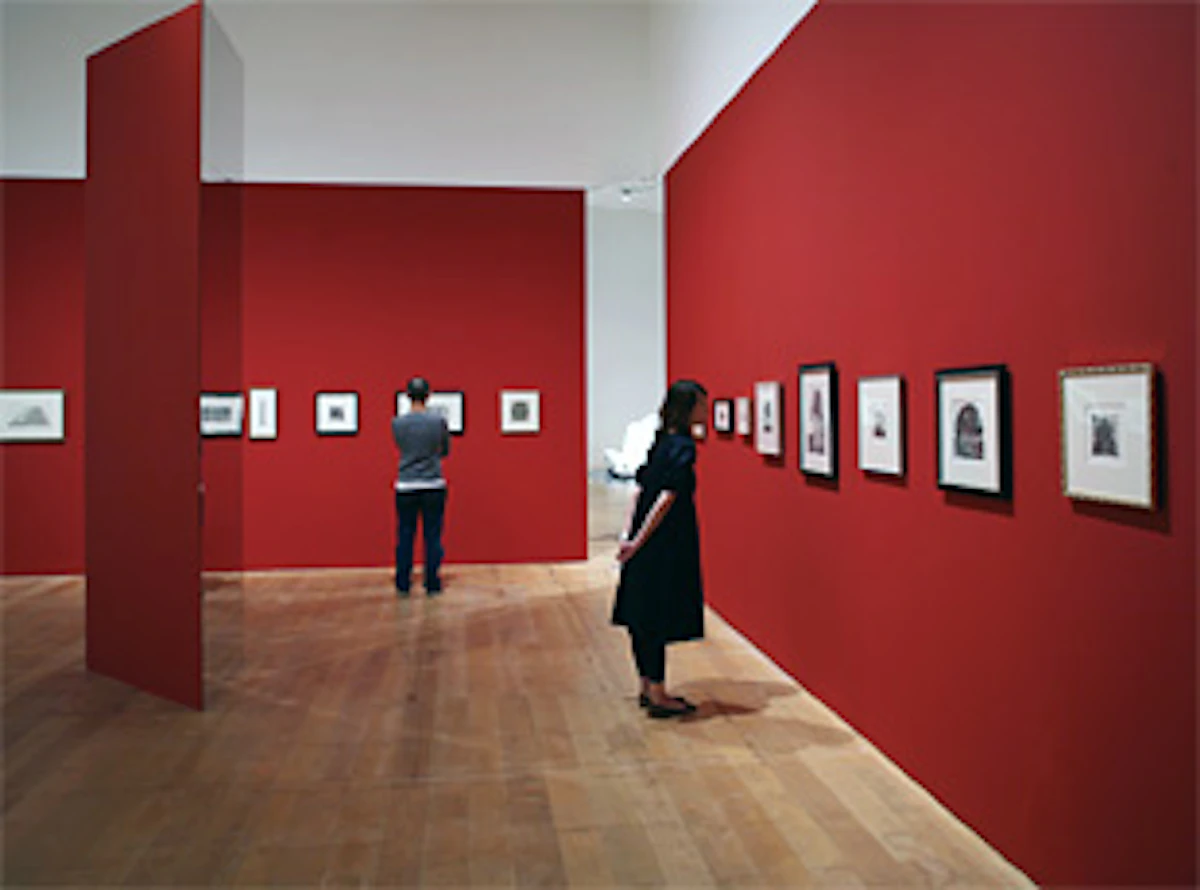
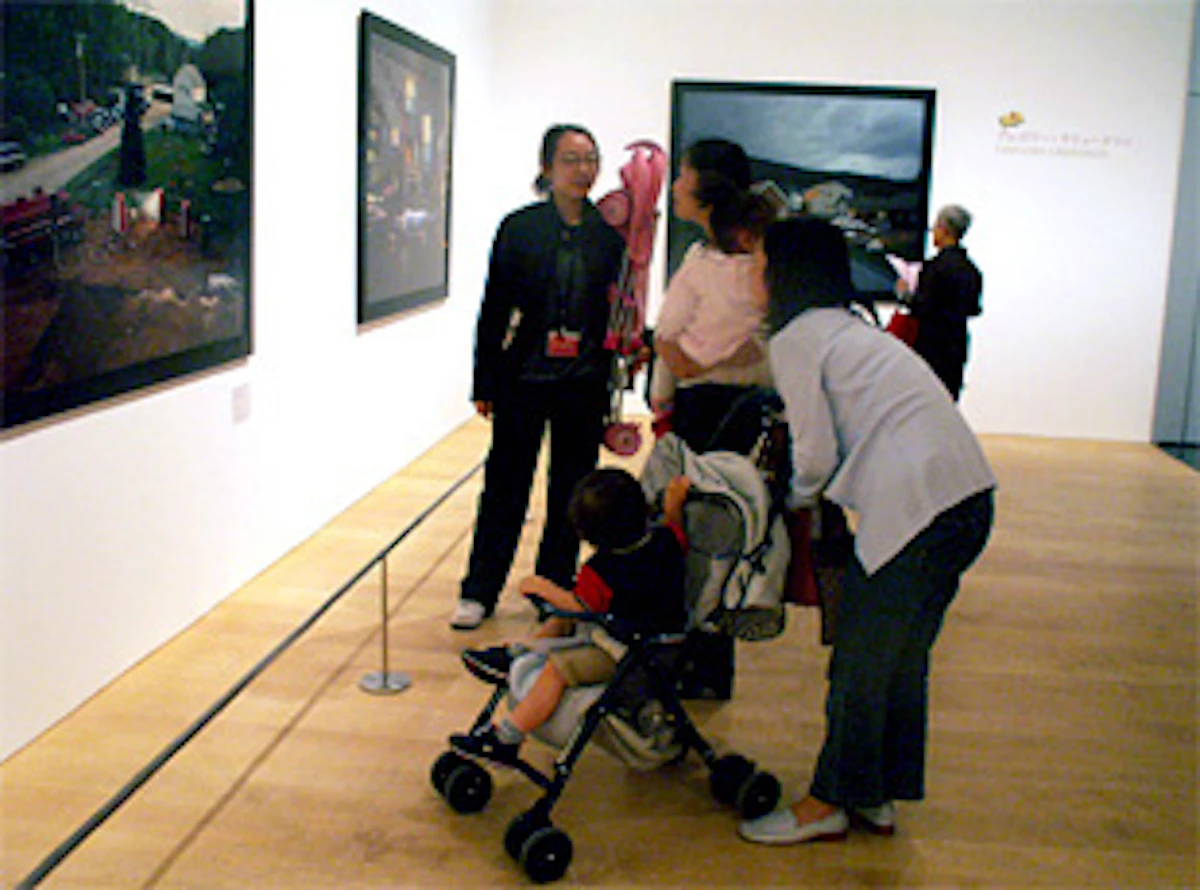
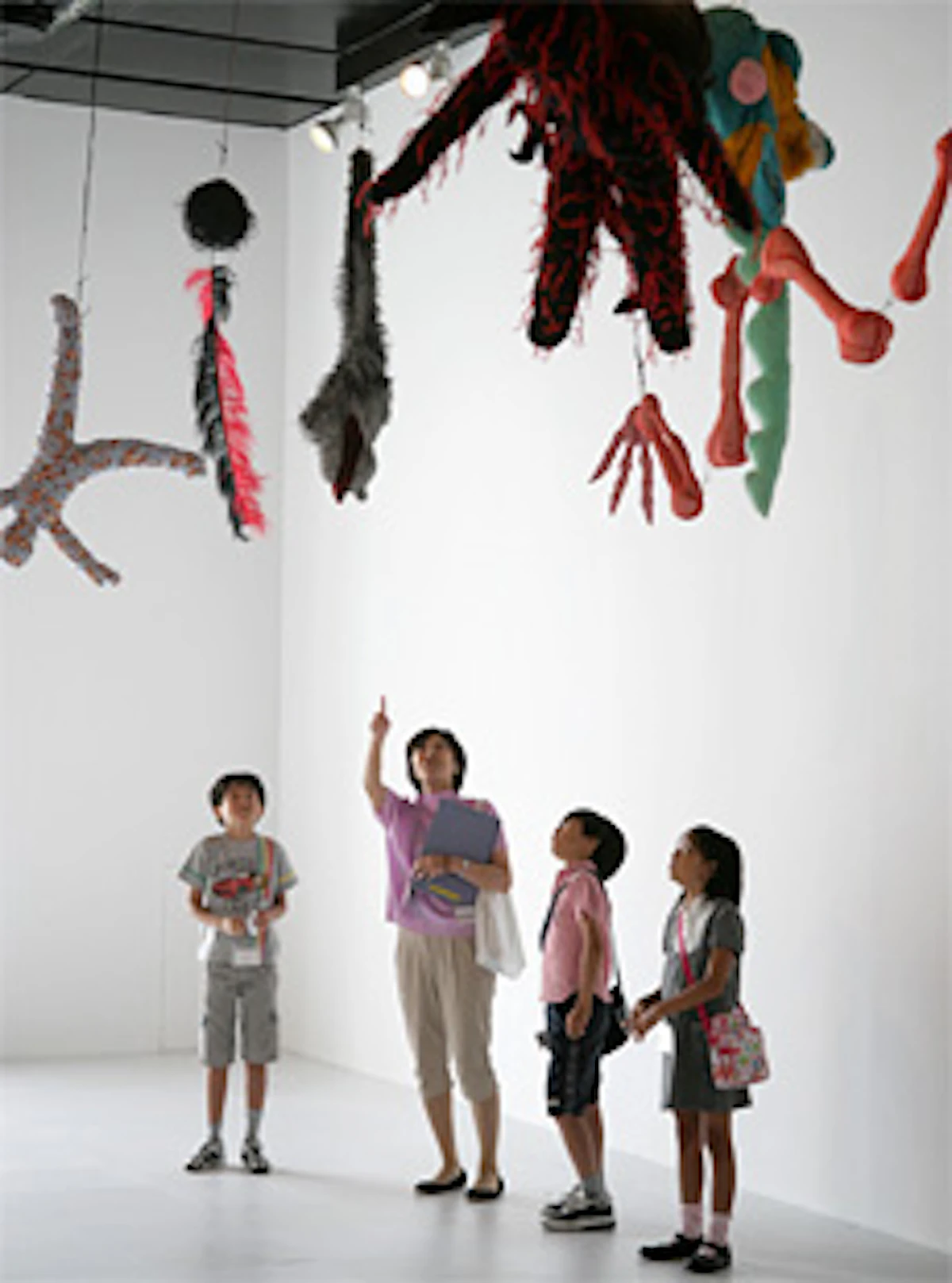
Mori Building Co., Ltd. Public Relations : Morisawa, Ikki
TEL:+81-3-6406-6606
FAX:+81-3-6406-9306
E-mail:koho@mori.co.jp

